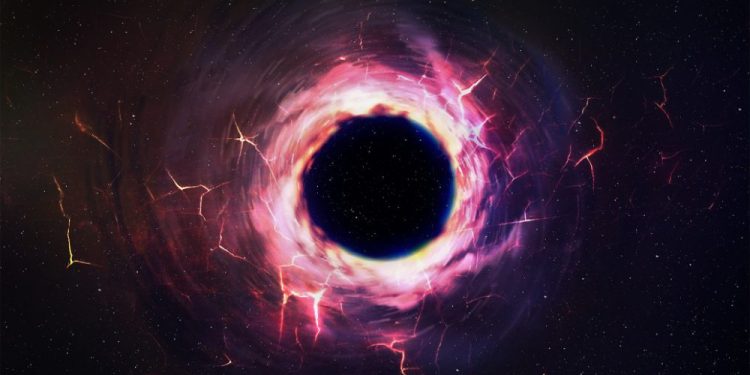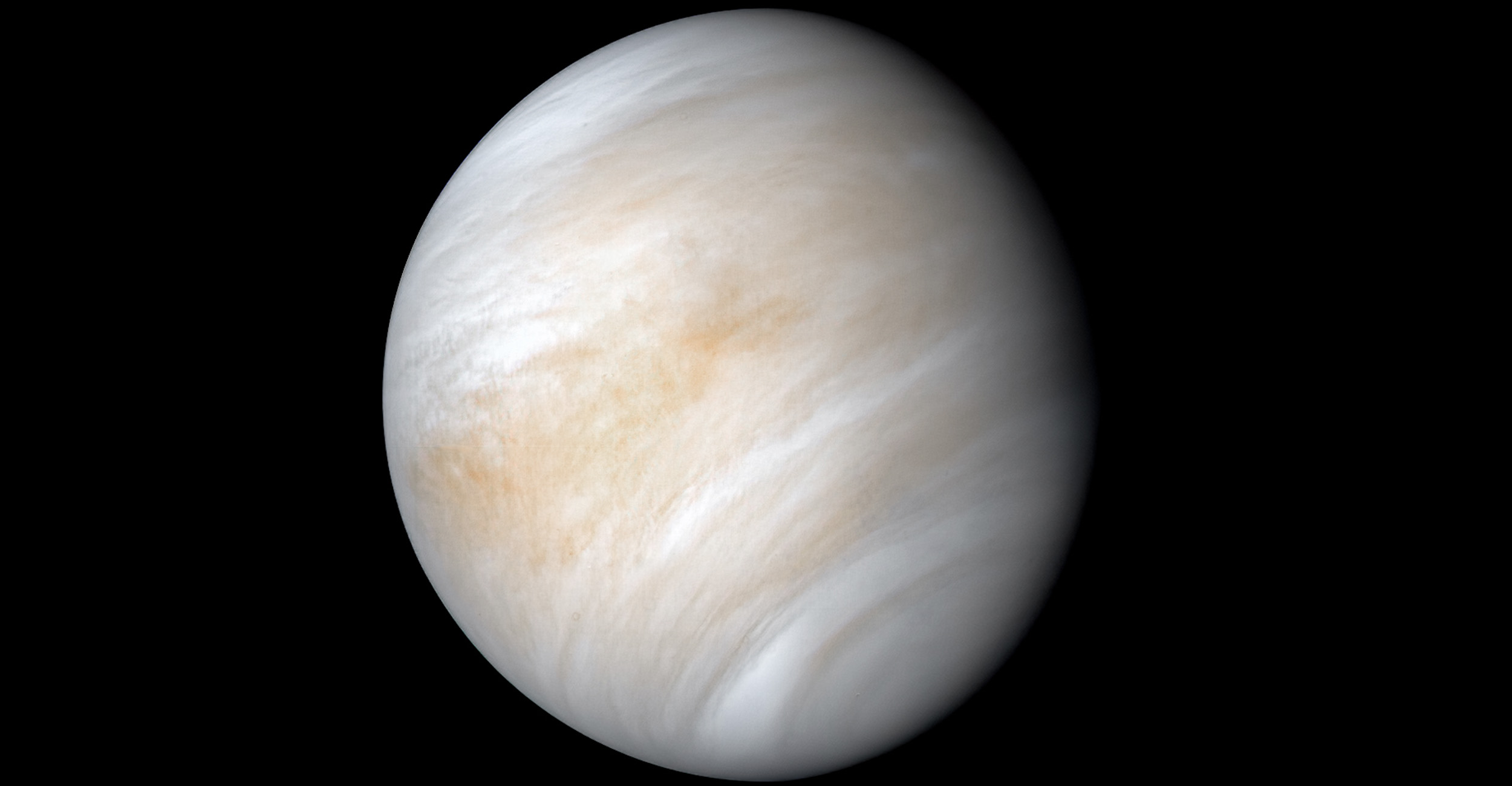Using the Dark Energy Spectroscopic Instrument (DESI), astronomers have uncovered a massive dataset revealing a hidden population of black holes. Their survey spanned 410,000 galaxies, identifying 2,500 dwarf galaxies hosting feeding black holes and 300 potential intermediate-mass black holes—making this the largest collection of such candidates ever detected.
These findings, recently published in The Astrophysical Journal, offer a rare glimpse into the missing evolutionary links between smaller stellar-mass black holes and the supermassive giants found in the hearts of galaxies. The data, freely accessible on the arXiv preprint database, provides an invaluable resource for scientists piecing together the complex life cycle of black holes.
Why These Black Holes Matter
Black holes originate from the collapse of massive stars, growing over time as they consume gas, dust, and even other black holes. When they actively feed, the friction heats up surrounding material, producing intense radiation that transforms them into active galactic nuclei (AGN). These luminous cosmic beacons allow astronomers to detect black holes hidden within galaxies.
While supermassive black holes dominate large galaxies, finding their smaller counterparts inside dwarf galaxies has proven challenging. The discovery of this vast population of potential intermediate-mass black holes provides the strongest evidence yet that these elusive objects exist, filling a crucial gap in our understanding of black hole growth.
A Cosmic Puzzle Emerges
Despite the large number of black holes detected, the study has raised unexpected questions. While many of the black holes found in dwarf galaxies were expected to be intermediate-mass, only 70 of the newly identified candidates fit this classification. This surprising result suggests that black hole evolution may be more complex than previously thought.
Lead researcher Ragadeepika Pucha from the University of Utah emphasized the significance of these findings. “When a black hole at the center of a galaxy starts feeding, it unleashes a tremendous amount of energy into its surroundings, transforming into what we call an active galactic nucleus,” she explained. “This dramatic activity serves as a beacon, allowing us to identify hidden black holes in these small galaxies.” The team now aims to explore whether the way black holes form is connected to the types of galaxies they inhabit.
The Role of DESI in Unlocking the Universe’s Secrets
DESI, an advanced instrument mounted on the Nicholas U. Mayall 4-meter Telescope in Arizona, is designed to map millions of galaxies and track the universe’s expansion. By analyzing data from DESI’s first year of operation, researchers have significantly expanded the known dataset of intermediate-mass black hole candidates—tripling the previous count.
This breakthrough sets the stage for further discoveries in the coming years. As DESI continues its five-year mission, scientists expect to uncover even more black holes and refine our understanding of how these mysterious objects evolve and influence their host galaxies.
The Next Steps in the Search for Black Holes
With this new trove of black hole candidates, astronomers are now poised to investigate several critical questions:
- How do intermediate-mass black holes transition into supermassive ones?
- Are different types of galaxies more likely to host specific black hole formations?
- Could these findings help explain the role black holes play in shaping their cosmic surroundings?
This discovery marks a major step toward solving the mystery of black hole evolution, but the journey is far from over. As scientists continue to analyze DESI’s expanding dataset, they may soon uncover the missing pieces that will finally reveal how these cosmic giants come to dominate the universe!











